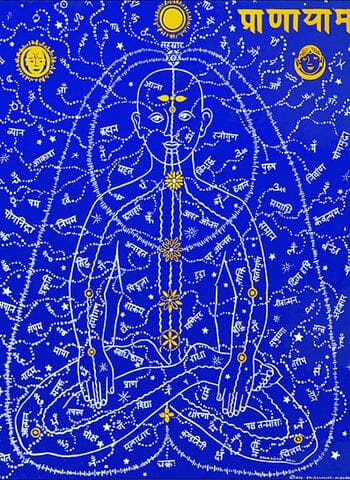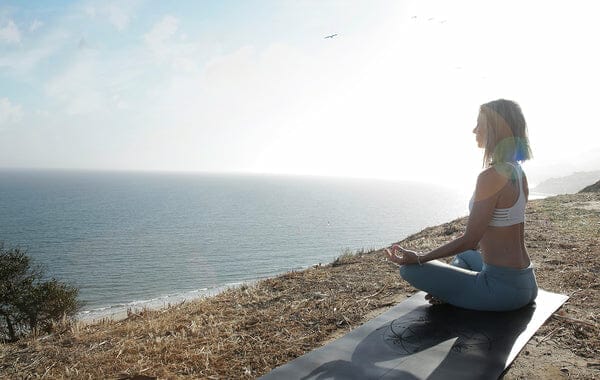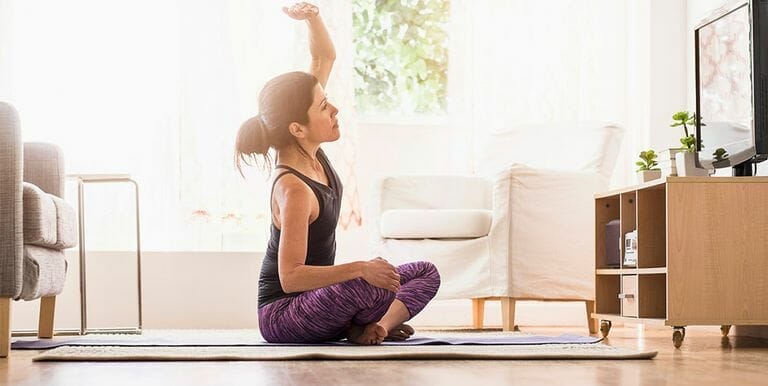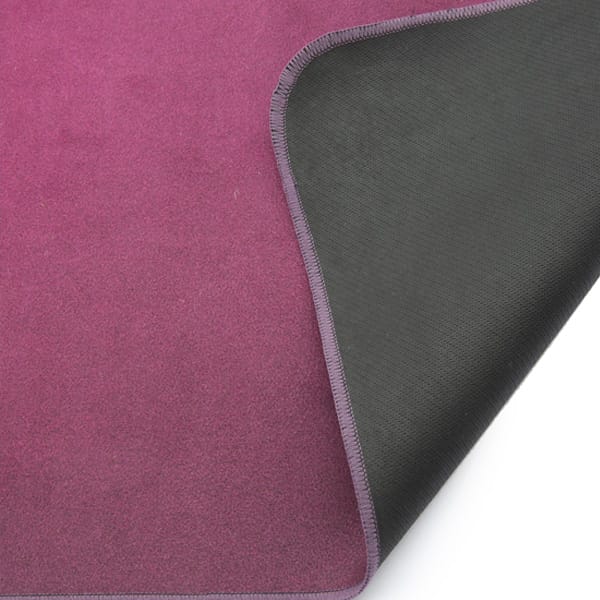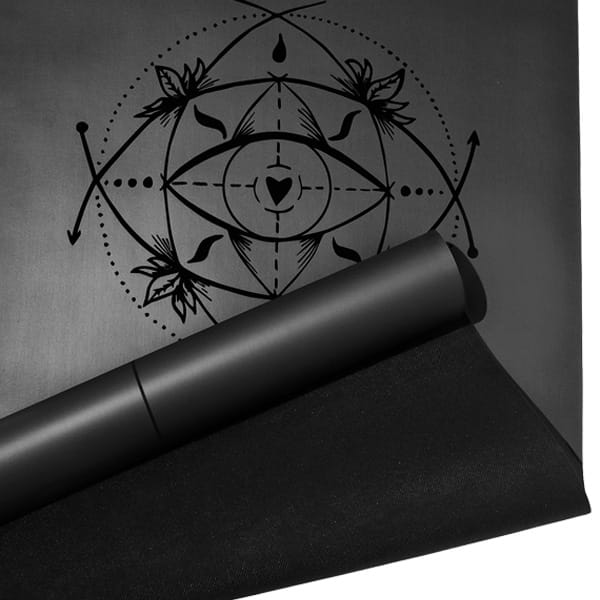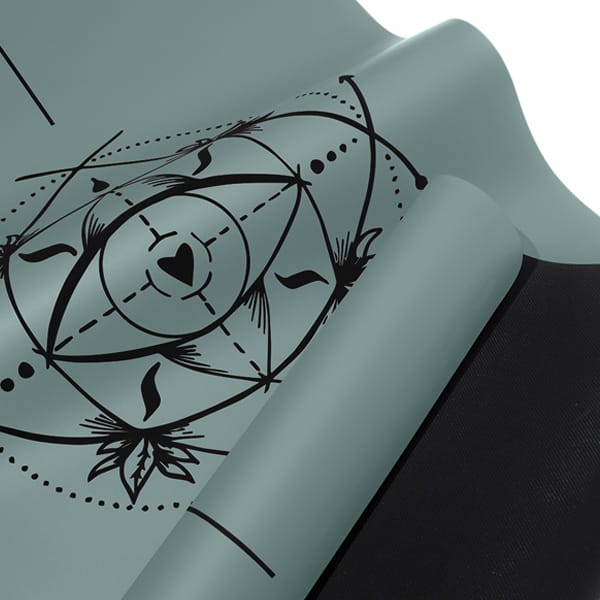A BRIEF HISTORY OF YOGA AND FINDING YOUR SPIRIT
Since its mainstream introduction to the United States in the late 20th century, the now diverse world of yoga in the West has been so creatively evolving and expanding that its traditional history many times seems to have been lost.
What was once considered a divine, spiritual practice has become a demanding physical sport, and in some cases, a petting zoo! Goat jokes aside—regardless of your yoga practice, it’s always beneficial to learn a bit about the origins of yoga and what its founders had in mind when they crafted this practice: a divine and comprehensive way of living life.
The History of Yoga
Yoga became an official practice around 3000 BC. The word ‘yoga’ was first referenced in the Vedas — a collection of texts containing enlightening songs, mantras and rituals to be used by Brahmans, the Vedic priests. The Brahmans and Rishis (mystic seers) eventually refined and developed their beliefs, practices and yogic scriptures in the Upanishads, an expansive work containing over 200 scriptures. The most famous one is the Bhagavad-Gîtâ, dating around 500 B.C.E. The Upanishads taught the sacrifice of the ego through self-knowledge, action(karma yoga) and wisdom (jnana yoga).
Today’s yoga reflects the practice that was greatly inspired by Oriental philosophies like Hinduism and Buddhism. The very first yogis used yoga as a way to achieve balance and harmony between the heart and soul. This helped them along their path to enlightenment.
Originally, yoga consisted only of meditation paired with breathing techniques. The physical poses, or asanas, are under the Third Limb (there are 8 Limbs of Yoga)- and they are a more modern development in yoga that became popular once reaching the United States.
So, how did yoga come to the United States? Yoga was first introduced in Boston in the year 1920 by Paramahansa Yogananda. In 1924, though, immigration for Eastern travelers, like Yogananda, became difficult due to certain laws and regulations, so Americans had to travel overseas to learn more about yoga.
In 1957, under the teachings of Sri Krishnamacharya, Indra Devi opened one of the very first yoga studios, right in the heart of Hollywood. Three years later, in 1960, yoga and meditation exploded across the United States.
As the immigration quotas and laws were removed, more gurus from the East were able to make their way to the United States, bringing new branches of yoga and philosophy with them. By the 1970s, everyone knew about the practice, and an abundance of yoga related books hit the shelves.
Eventually, all 8 Limbs of Yoga were being practiced regularly by a variety of people in the United States. As time progressed, though, more people began doing yoga for the amazing health benefits that come with the practice, and a lot of the spiritual aspects like meditation were left behind. Thus, the other 7 Limbs were mostly discarded, with the focus remaining solely on the Third Limb.
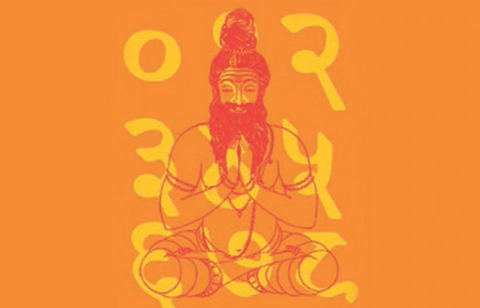
Finding Your Spirit In Yoga
In reviewing the origins of yoga, our curiosity expands in experiencing the spiritual side and allowing ourselves to become more aware of our spiritual energy. When accomplished, this provides a higher sense of consciousness with the development of a deeper understanding of everything we think, do, and feel. Yoga isn’t a religion, it is instead a sacred way to connect with ourselves and transcend the physical body into connection with oneness.
With this depth of awareness, yogis are able to cultivate a spiritual sense of self, effecting how we act, feel, and interact with others. This part of yoga doesn’t precisely remove all the negativity from our lives, rather it teaches us to accept what is, and to keep our pose regardless of the challenges and distractions we may face.
Sense of self is overall accomplished by taming our minds and temporarily letting go of all our thoughts, stressors and anxieties. We know that a quiet mind is needed in order to achieve the most physically challenging poses.
Learning the complete history of yoga isn’t necessary to enjoy it, of course, but it certainly can make it more interesting. It can inspire us to expand more on our yoga practices and achieve not just physical health, but a deeper understanding of our own spirit.
Namaste lovers,
Erica for SACRED
